
Become a member
Join today and help protect nature, beauty and history – for everyone, for ever. Enjoy access to more than 500 places with National Trust membership.
An ornate Victorian Gothic Revival house with extensive garden and parkland, just a stone's throw from Bristol
Wraxall, Bristol, North Somerset, BS48 1PA

| Asset | Opening time |
|---|---|
| House | Closed |
| Estate | 10:00 - 17:00 |
| Cow Barn Café | 10:00 - 16:00 |
| Pavilion Café | 10:30 - 15:30 |
| Shop | 10:00 - 16:30 |
| Second-hand bookshop | 11:00 - 16:00 |
House open for limited mini-tours on weekdays from 5 Jan to 13 Feb. General admission applies for use of the facilities at Tyntesfield, including our shop, bookshop and cafés. Please note that only groups of 15 or more people are required to pre-book their visit. Please refer to our group bookings page for further information.
| Ticket type | With Gift Aid | Without Gift Aid |
|---|---|---|
| Adult (18+) | £22.00 | £20.00 |
| Child (5-17) under 5s free | £11.00 | £10.00 |
| Family (2 Adults and up to 3 children) | £55.00 | £50.00 |
| One child family | £33.00 | £30.00 |
| Group (Adult 18+) | £19.00 | |
| Group (Child 5-17) | £9.50 |
| Ticket type | With Gift Aid | Without Gift Aid |
|---|---|---|
| Adult (18+) | £23.10 | £21.00 |
| Child (5-17) under 5s free | £11.60 | £10.50 |
| Family (2 Adults and up to 3 children) | £57.80 | £52.50 |
| One adult family | £34.70 | £31.50 |
| Group (Adult 18+) | £19.95 | |
| Group (Child 5-17) | £9.98 |
Buzzard Books; Tyntesfield's second-hand bookshop, featuring an array of different literature from a variety of genres. A children's nook is available, and volunteers are usually on hand to help when needed. Please note general admission applies for use of the second-hand bookshop. We gladly accept donations, but cannot accommodate house clearances.
Pavilion Café. The pavilion cafe is currently outdoor seating only. Please note general admission applies for use of the Pavilion Café.
The car park is approximately 32 yards from the Welcome building. Parking is validated in the Welcome Building or via the JustPark app - we recommend visitors download the app before arrival, and that members have their membership cards with them.
Cycle parking is available in the main car park, and covered parking is available in the upper courtyard of Home Farm. Ask at the Welcome Building for further information.
Dogs are welcome on short leads except for in the Kitchen Garden and inside the house.
Cow Barn. Set in the grade II listed Victorian dairy, the Cow Barn at Home Farm is the perfect place to pop in at the start of your visit or to refuel and relax after exploring the estate. Please note general admission applies for use of the restaurant.
Tyntesfield's shop is one of the largest in the National Trust, in the beautiful setting of the Home Farm area. Within the open atrium space, you'll find a range of handmade gifts, home and garden ware and food and drink items, as well as locally produced artisan products. Please note general admission applies for use of the shop.
Toilets are open at Home Farm, Pavilion Cafe, and the house garden passage.
Blue Badge parking. Accessible toilets. Steep paths and loose gravel. Tyntesfield House is approximately 1 kilometre from the car park. Trampers and pushchairs aren't permitted within the House. Mobility shuttle available. Assistance dogs welcome. Home Farm fully accessible.
Accessible toilets and baby change facilities at Home Farm, Pavilion Cafe, and the house garden passage.
We have an accessible route around the gardens and to the house but there is a steep incline to get to these areas.
We have a photograph album of the upper floors of the house for visitors who cannot use the stairs. During busy periods, if you're concerned about queuing for entry to the estate/house, please speak to a member of staff.
We run a mobility shuttle service at Tyntesfield using a fully electric vehicle. For more information about the volunteer run mobility shuttle service, please speak with a member of the team when you visit us. We also have three mobility trampers available for hire which are individual electric motorised vehicles that can traverse all the terrain on site
We have ramped access to the ground floor of the house
The Tyntesfield site is across uneven terrain and there are some steps in the grounds. However, an accessible route is available.
We can provide manual wheelchairs on request should you need them. To hire mobility trampers or wheelchairs, please email us at tyntesfield@nationaltrust.org.uk.
Looking for fun family activities to do? Whether you're after outdoor games for the kids or just a relaxing picnic in nature, we've got plenty for you to enjoy.

Discover more about the important conservation work on the estate at Tyntesfield that helps nature to thrive and provides a place of escape to visit.

Tyntesfield is a two pawprint rated place. Discover more about bringing your dog on a visit to Tyntesfield, including which areas your four-legged friend can explore, and read our Canine Code.

A Gothic Revival masterpiece, richly decorated and furnished with a collection of over 72,000 objects.
The house is surrounded by 540 acres of historic land that includes a woodland and orchard.
Modelled on the flamboyant Gothic architecture of the Sainte Chapelle in Paris, joined to the house by a bridge.
Set in the Grade II listed Victorian Dairy, the café at Home Farm serves meals, snacks, drinks and more.
Just off the car park, the Home Farm welcome building has maps of the estate and information about your visit.
There are three play areas for different age groups, as well as a den building village in the woodland.
The garden is varied, ranging from open lawns and formal terraces, to a historic Orangery and working Kitchen Garden.
The spacious Home Farm Shop has everything from seasonal specialities and locally sourced produce to National Trust classics.
The Gibbs family bought Tyntes Place in 1843 and transformed it into the Victorian Gothic masterpiece that exists today. Step inside the house to see rooms that reveal what life was like for those who lived and worked here.

The garden at Tyntesfield is an ever-changing landscape, home to beautiful borders, ancient trees and tasty produce that's used daily in the Cow Barn restaurant.

Enjoy panoramic countryside views, vast woodland, heritage trees and rolling parkland on the Tyntesfield estate – a diverse area that contrasts designed landscape with wild areas.

Looking for fun family activities to do? Whether you're after outdoor games for the kids or just a relaxing picnic in nature, we've got plenty for you to enjoy.
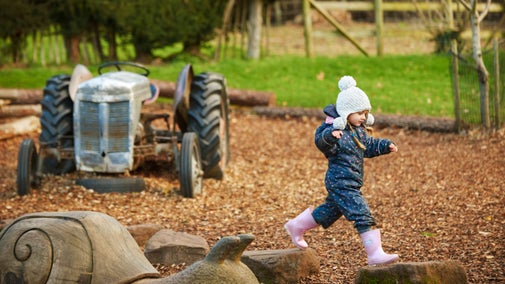
Explore how 19th century gender roles played a vital part in the architecture, working, and leisure life at Tyntesfield – and discover whether or not they are still relevant today. The Gendered Spaces and Social Status Tour explores Tyntesfield’s kitchen and butler’s pantry, taking a look into the divisive roles taken on by both male and female servants, and how those roles still exist today. The tour also moves ‘Upstairs’, looking at Victorian ideals and expectations for the Gibbs family, and how at times, Blanche and William Gibbs lived very different, and separate lives. Available weekdays from 12 Jan - 13 Feb.
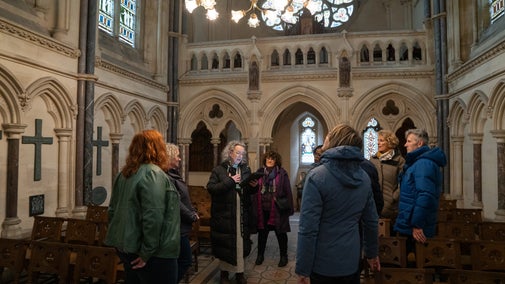
Working in partnership with Kittiwake Border Morris we will be performing a classic Wassail. Festivities will begin at the front of Tyntesfield House. Attendees will then be led in a procession down to the orchard where there will be refreshments available to buy and an option to join in with a ceremony blessing the trees.
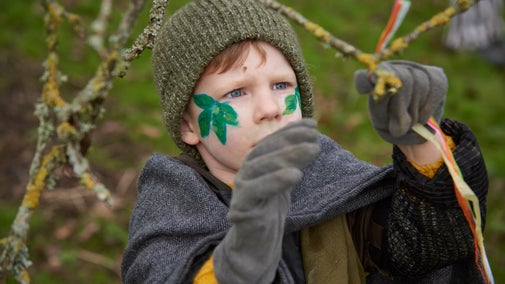
The shorter of the available trails at Tyntesfield, this route loops around the house and up the terraces and Holly Walk. Perfect for a gentle stroll that takes less than an hour.

As well as woodland, this circular walk takes you to Tyntesfield highlights including the kitchen garden, rose garden, holly walk and Home Farm.

This walk passes through ancient woodland with flowers aplenty, especially in spring when the bluebells are out and meanders into a hay field full of oxeye daisies in May and June.

Enjoy a gentle circular walk through ancient woodland and plantations on the Tyntesfield Estate, with plenty of wildlife to spot on the route.

Discover Tyntesfield’s forgotten past on this circular walk, taking you through an avenue of monkey puzzle trees, a summerhouse and Second World War remains.

Both the Cow Barn Café and the Pavilion Café serve a selection of hot and cold food and drinks. Afterwards, browse the wide range of unique gifts and local produce in the Cow Barn Shop.
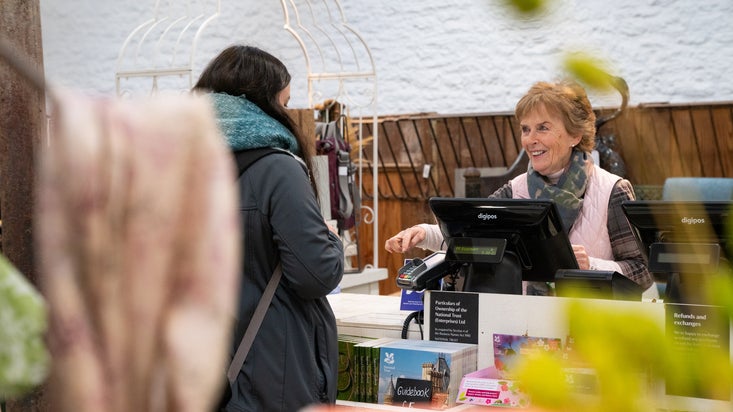
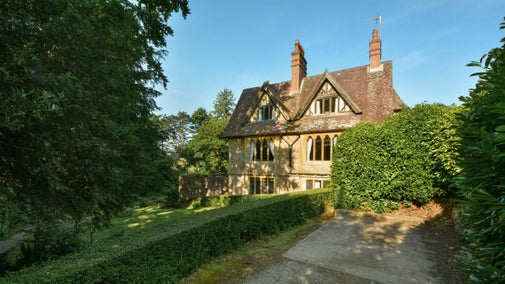
On the edge of the Tyntesfield estate, this Gothic Revival style house makes a striking holiday escape.

This Victorian gate lodge has been elegantly restored and has a huge private garden.

On the Tyntesfield estate, this former hunting lodge has an octagonal summerhouse and farmland views.
Explore how 19th century gender roles played a vital part in the architecture, working, and leisure life at Tyntesfield – and discover whether or not they are still relevant today.
Come celebrate the new year with us with our annual wassail, including dancing, singing and a blessing of the apple orchard
In this two-day course, you'll make a three or four leg stool or coffee table with the Somerset Bodgers.
Learn to make a plectrum shaped table on this two-day course with the Somerset Bodgers.
On this two day course, learn to make a Celtic backstool (three legged chair) with the Somerset Bodgers.
Learn how to craft a small rustic bench with the Somerset Bodgers in this one day course
Tyntesfield was not intended to be an extravagant statement of wealth, power or politics. Its purpose was simple: to serve as a family home.
Originally a smaller Georgian house, Tyntesfield was transformed into a Gothic Revival masterpiece. Its bespoke architecture reflects the devout Anglo-Catholic beliefs of the Gibbs family. Here they invested their wealth derived from controlling the import of Peruvian ‘guano’ fertiliser.
The garden and estate balance faded beauty and function with an abundance of nature. Flower-filled terraces, an empty lake, extensive woodland, champion trees and a productive kitchen garden give many opportunities for exploration. And with each season you can experience a new side to Tyntesfield.
The story of William Gibbs, his faith and how the money he made trading guano led to the creation of Tyntesfield and its collection.

Discover more about how the Rose Garden and The Orangery were created without impacting on the Victorian Gothic master design of the main house and the hidden symbolism they contain.
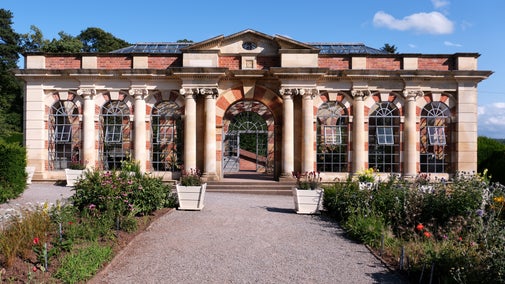
No National Trust place has a bigger collection of objects than Tyntesfield. Here, we highlight some of the things to look out for in the Gibbs family home, from the Grand Hall fireplace to an impressive hoard of books.

Discover more about the important conservation work on the estate at Tyntesfield that helps nature to thrive and provides a place of escape to visit.
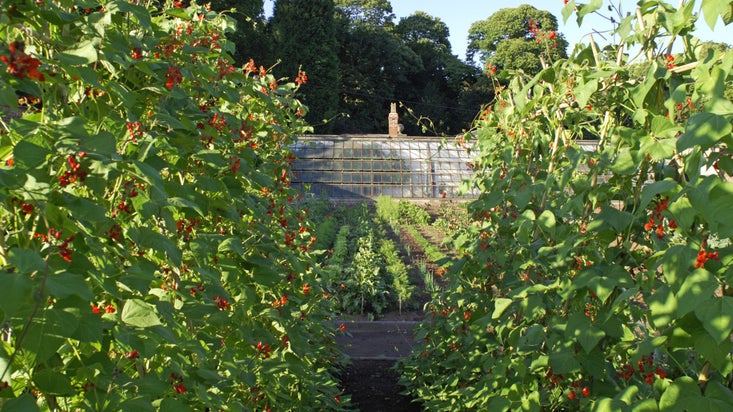
Search for live volunteering opportunities, or register your interest with Tyntesfield.


Join today and help protect nature, beauty and history – for everyone, for ever. Enjoy access to more than 500 places with National Trust membership.
By sharing your email address you’re agreeing to receive marketing emails from the National Trust and confirm you’re 18 years old or over. Please see our for more information on how we look after your personal data.